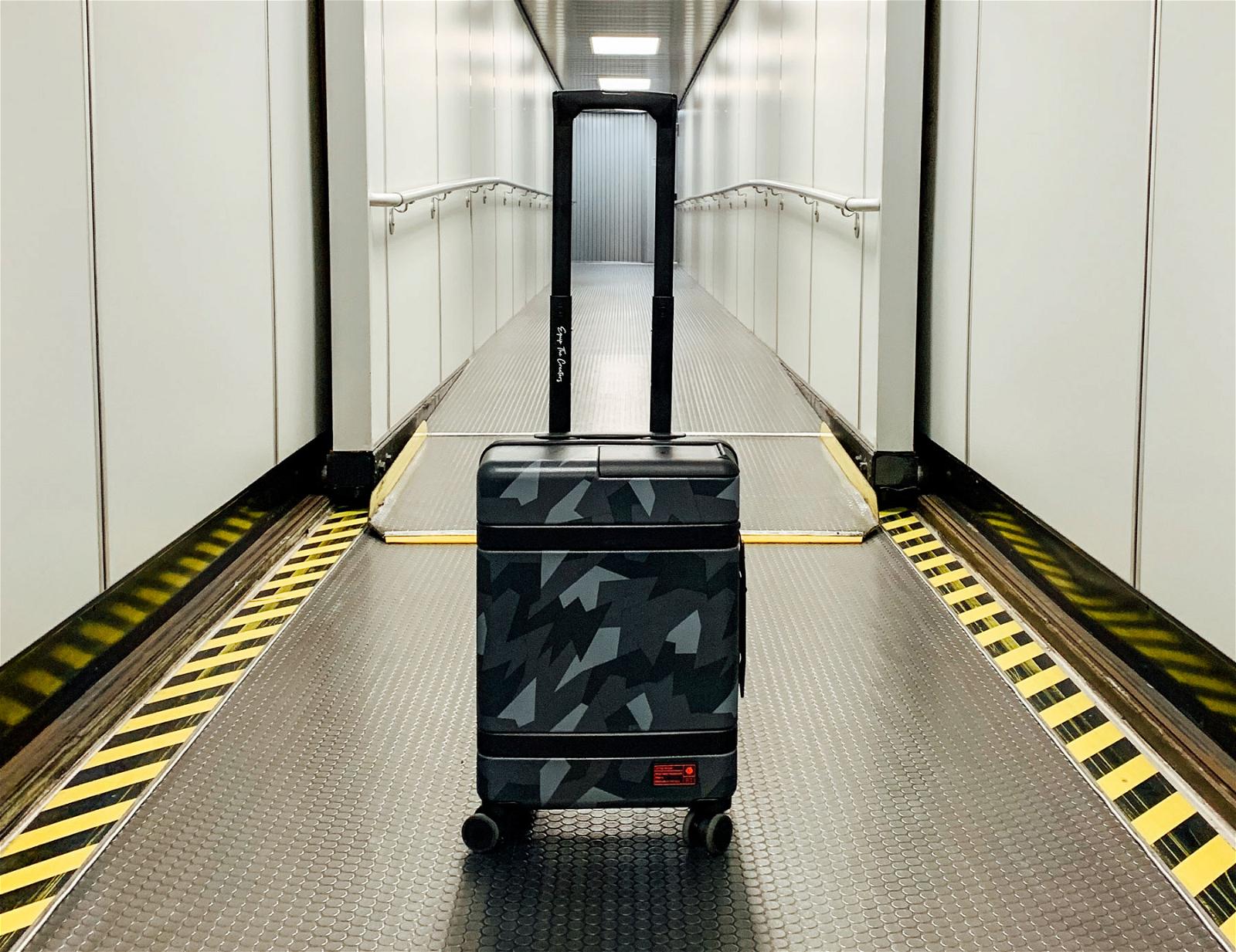Learning to drive is an exciting time for teenagers but can be a scary time for parents. Even if your teen passes driver’s ed with flying colors, you might still feel uneasy. When it comes to driving, only practice can make perfect. Still, there are some important lessons they’ll need to learn before they hit the road. Here are six things every new driver should know:
1. How to Change a Flat Tire
There was a time when knowing how to change a flat tire was vital. Today, getting a flat is less common, but it’s not out of the realm of possibility. Your teen may think they can just call for assistance, but that’s not always an option. If your teen is driving in an area with poor reception, or if they forgot their phone at home, they won’t be able to reach you or call AAA. So it’s imperative they know how to change a flat tire safely.
First, teach your teen to avoid pulling over on a busy highway. They should find a level, well-lit area to change their tire that is also a safe distance from any passing traffic. Next, they’ll need to engage the parking brake and double-check that the car is in park. Show them where the spare tire is located in the vehicle they will be driving. Then, walk them through the steps to change a tire and have them practice on their own car.
2. What to Do After an Accident
Regardless of how well you educate your kids, accidents are bound to happen. Make sure your teen knows what to do when an accident occurs. They should begin with calling the police and giving as much detail as possible.
If they are able, they can walk alongside the vehicle and assess the damages. It’s also crucial to make notes and take pictures. This will help the insurance company when filing a claim.
Next, recommend that your teen call a car accident attorney, even if they are not at fault. An attorney can handle the aftermath and ensure fair compensation. According to research, the average person is involved in four car accidents during their lifetime. Knowing what to do after an accident will help your child remain calm.
3. What the Check Engine Light Means
Everyone needs to know how to respond when a light appears on their dashboard. This is especially true for the check engine light, because it alerts the driver that a malfunction has been detected within the vehicle. However, that doesn’t mean your teen should pull over immediately when the light goes on.
The light could be an indication the gas cap is loose, and tightening the cap will solve the issue. If the problem persists, your teen will need to investigate further. Provided the car is still performing well without any strange noises or smells, they likely have enough time to drive to a mechanic.
4. How to Drive Safely With Technology
Most states have restrictions in place for cellphone usage while driving, but not many have banned phones completely. As a parent, it’s important to explain the risks of using technology in a vehicle.
According to the NHTSA, about 400 fatal crashes each year are caused by texting and driving. In order to keep your teen safe, teach them these facts as well as the dangers of using a phone while driving. Instruct your child to pull over if they need to make a call or answer a text. If they’re driving with friends, one of the passengers can be put in charge of comms. Alternatively, you can set up Bluetooth in your teen’s car so they can communicate hands-free in case of an emergency.
5. How to React to Police
Chances are, your teen knows to stop driving if they’re pulled over by the police. But do they know where to stop and what to do afterward?
In the event they see flashing lights in their rearview mirror, make sure they know not to panic and hit the brakes. They’ll need to signal and find a safe spot to pull over the car. If that safe spot requires exiting the highway, they can turn on their hazard lights to alert the officer.
Prepare your teen to have their driver’s license and insurance card ready, as well as the vehicle registration. Remind them to keep their hands in view, remain calm, and communicate clearly.
6. Who Can Be in the Car
If your teen is driving for the first time, their friends probably are, too. And while most teenagers do their best to drive safely, they are still learning. Be sure to set some rules so your young driver knows when they are allowed to have other people in their vehicle.
A good rule of thumb is that the driver should have had their driver’s license for one year before allowing other passengers. This rule applies both when riding with others and when your teen is the one driving. If they are riding in someone else’s car, they should get your approval beforehand. Learning to drive is a big milestone in your teenager’s life. But this very exciting time also comes with great responsibilities that your young driver must be prepared to manage. The tips above will help your teen navigate the driving world safely and give you more peace of mind.






